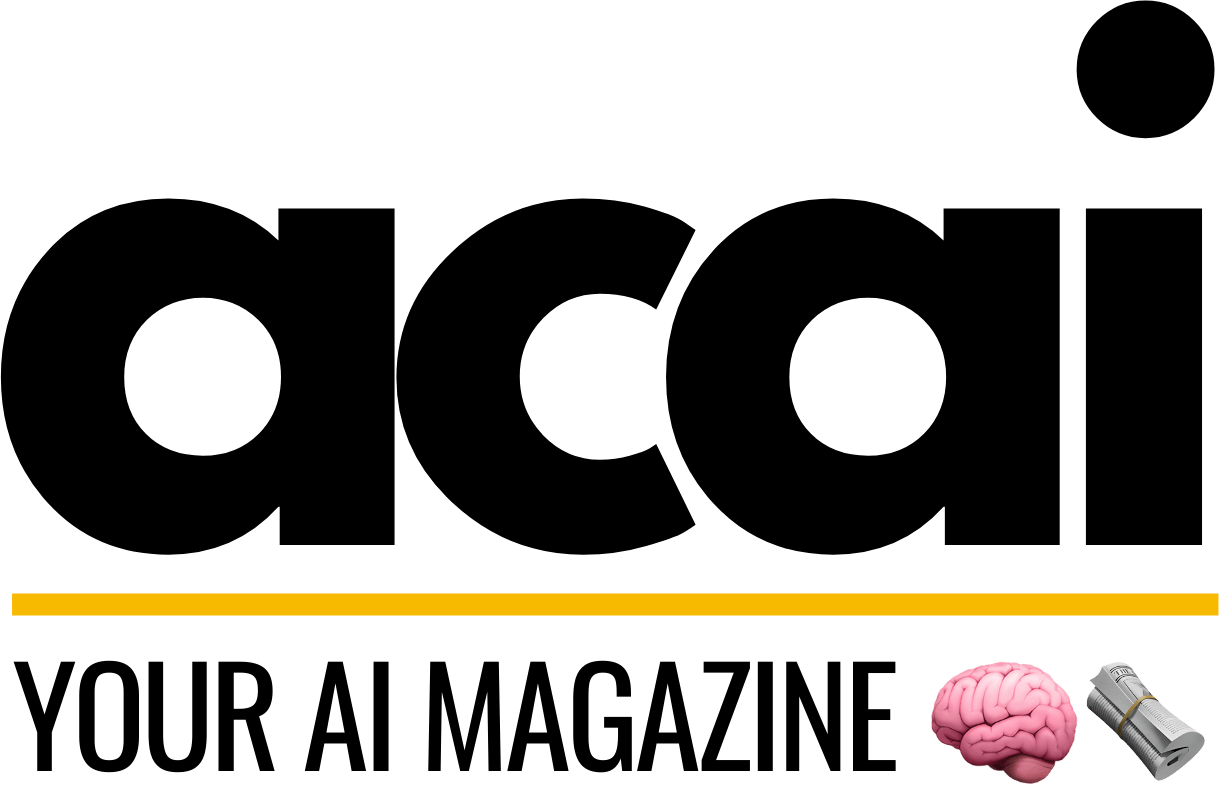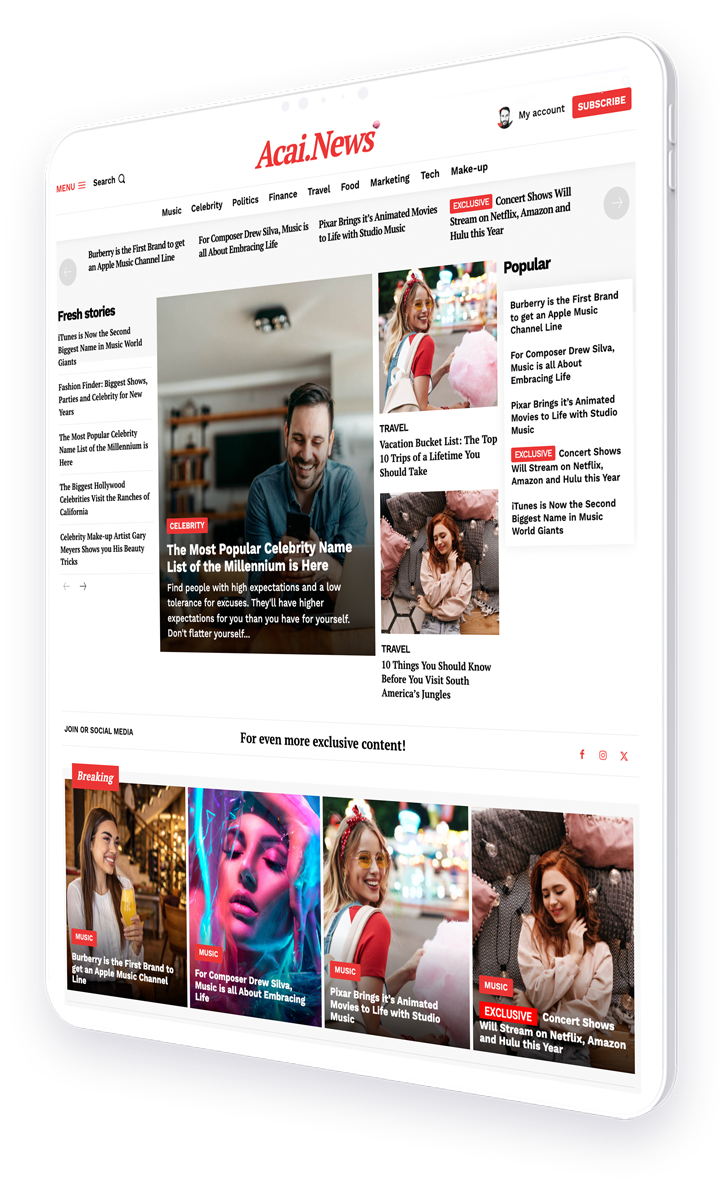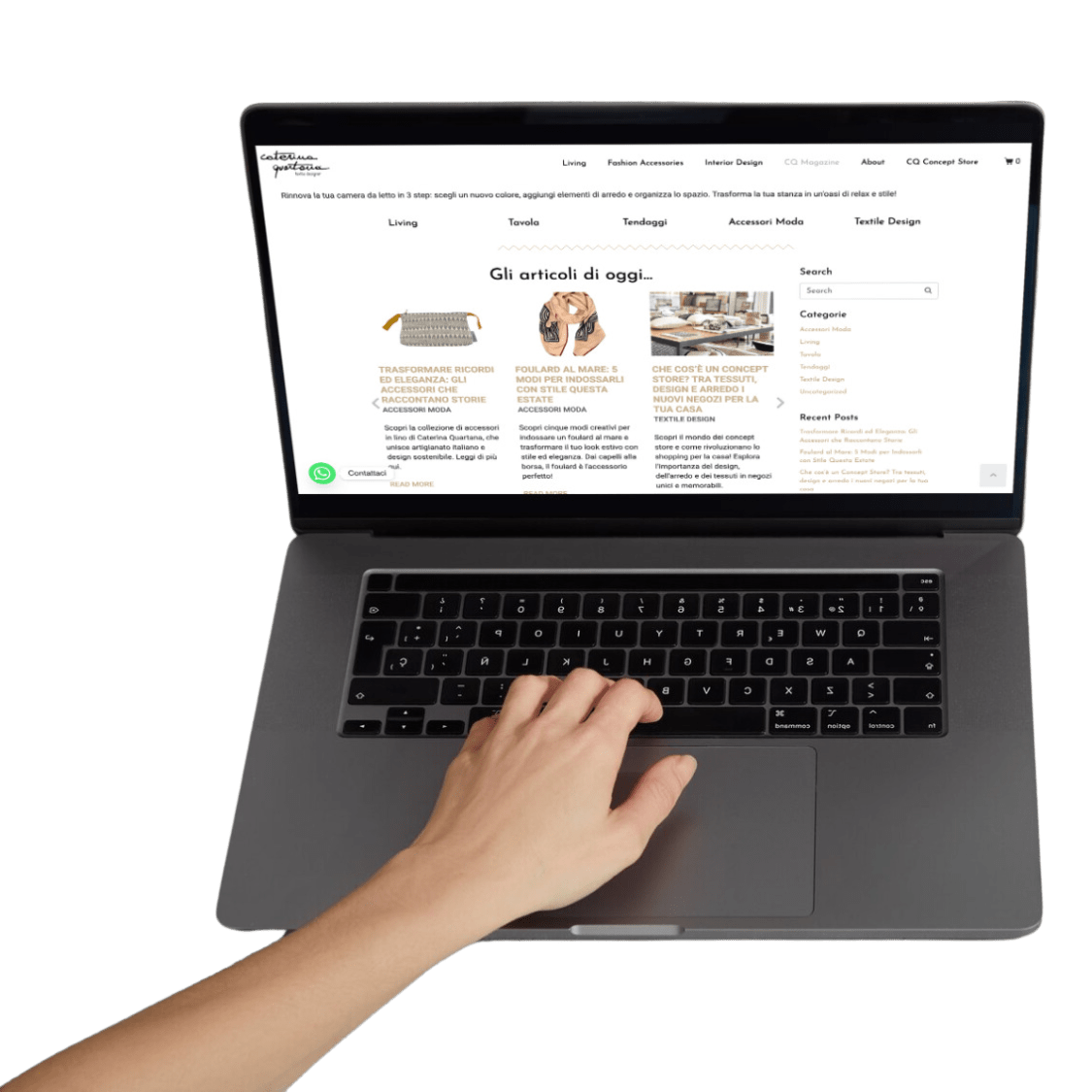Explore How Editorial Formats Can Be Mastered to Optimize Each Stage of the Marketing Funnel
This article delves into the strategic structuring of editorial formats to optimize each stage of the customer journey, backed by relevant examples, case studies, and statistics.
Understanding the customer journey is crucial for creating content that not only attracts attention but also drives engagement and conversions. Each stage of the marketing funnel – awareness, consideration, and conversion – requires a unique approach to content creation and distribution. This article explores how businesses can tailor their editorial strategies to meet the needs of their audience at each stage effectively.
- Structuring Content for Awareness
- Content Strategies for Consideration
- Optimizing Content for Conversion
- Case Studies
- Conclusion
Structuring Content for Awareness
The awareness stage is about making potential customers aware of your solutions while addressing the problems they face. Content at this stage should be informative, engaging, and easy to share, aiming to reach a broad audience.
Types of Content for Awareness
- Blog posts that address common problems and questions
- Infographics that simplify complex data or processes
- Videos that entertain or inform about industry trends
For example, a company selling eco-friendly packaging can create blog posts about the environmental impact of traditional packaging solutions. These posts can be supplemented with infographics that depict the benefits of switching to green alternatives.
Content Strategies for Consideration
Once the audience is aware of the problem and potential solutions, they move into the consideration stage. Here, the content should help them evaluate your product or service as the best solution to their problem.
Effective Formats for Consideration
- Case studies showcasing the success of your product
- Comparative analyses between your product and competitors
- Detailed guides and how-tos that demonstrate the use of your product
A tech company, for instance, might use detailed case studies to show how their product has helped other businesses increase productivity or reduce costs. These case studies can be very effective in demonstrating the value of a product to potential customers who are considering multiple options.
Optimizing Content for Conversion
The conversion stage is where you want to persuade your leads to make a purchase decision. Content here should be highly persuasive, providing all the necessary information that a potential customer needs to make a decision, and should include strong calls-to-action (CTA).
Conversion-Driven Content Ideas
- Free trials or demos
- Customer testimonials and reviews
- Special offers or discounts
For example, a SaaS company might offer a free trial of their software, accompanied by customer testimonials and case studies on their landing pages to encourage sign-ups.
Case Studies
Let’s look at how some companies have successfully tailored their content strategies across different stages of the funnel:
Example 1: A Fashion Retailer
A popular fashion retailer used engaging blog posts about the latest fashion trends for awareness, detailed product reviews for consideration, and time-limited discount codes in their newsletters for conversion. This approach led to a 30% increase in online sales over six months.
Example 2: A B2B Software Company
A B2B software company implemented a series of webinars to educate potential clients about their products during the consideration stage, which not only increased their leads by 45% but also improved the quality of the leads.
Conclusion
Effectively structuring editorial content to align with the stages of the marketing funnel is crucial for driving engagement and conversions. By understanding the unique needs and behaviors of potential customers at each stage, businesses can create targeted content that moves users smoothly from awareness to consideration, and ultimately to conversion. Implementing these strategies requires careful planning and execution but can significantly enhance the effectiveness of your marketing efforts.
For further reading on content marketing strategies and editorial formats, visit Content Marketing Institute.




